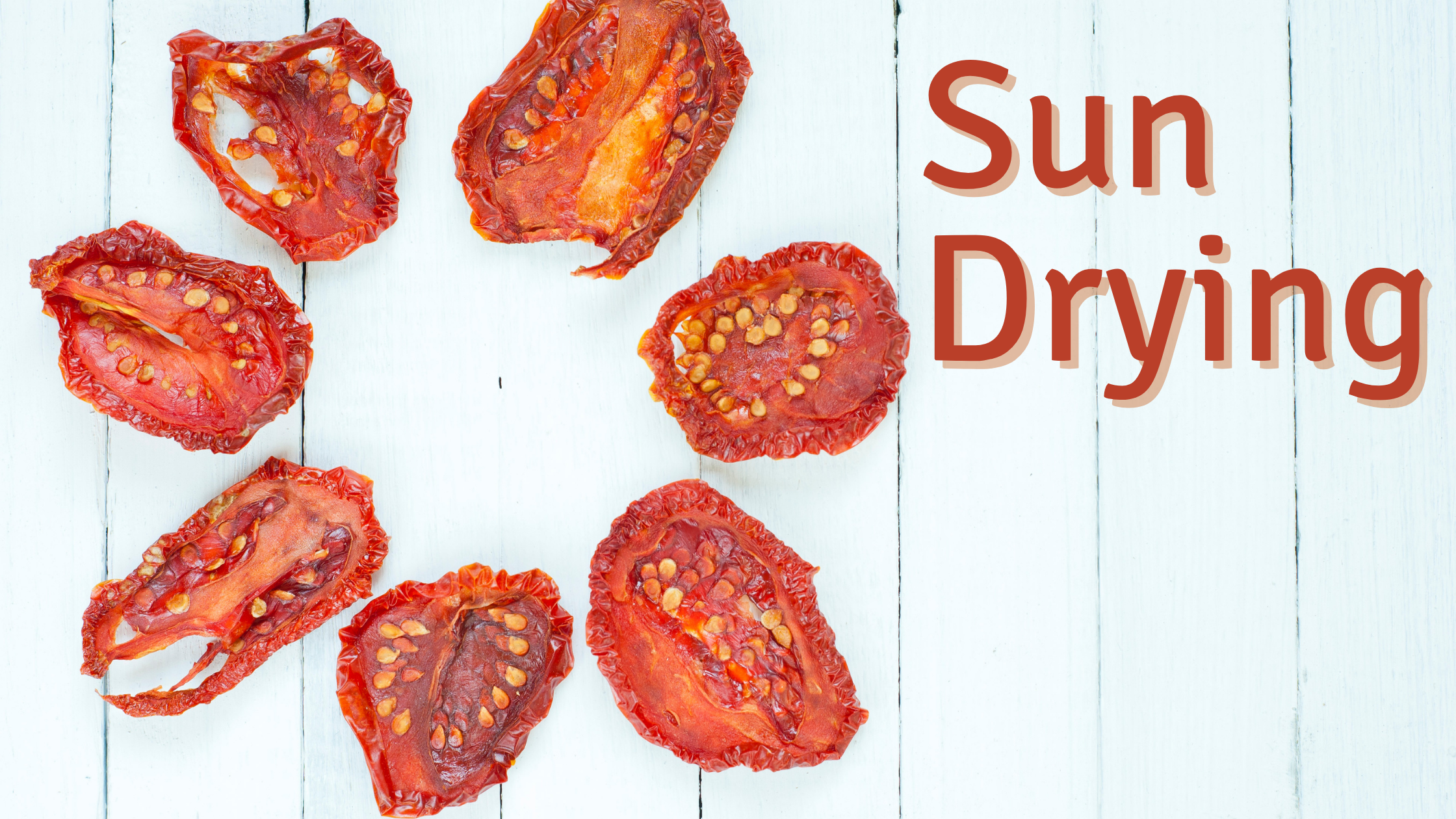How to Dehydrate Food
While fresh food is the standard for quality, preserved food has its place. When you remove all the moisture from food, you can stretch its shelf life exponentially. Human beings have been drying foods through much of recorded history, with evidence dating back to 12,000 B.C. The reason for this is clear; it lets limited food stocks last longer, and it can even transform the food into something completely new. Sure, everyone loves a juicy steak, but beef jerky is great too. Although dehydration is a rather dry topic, continue reading to learn this valuable skill.

The easiest and most common way of food drying happens every day. Sun drying involves exposing food to sun rays, allowing the UV light to squeeze out all the moisture within food. The process could not be easier. The hardest part is having the weather cooperate with you. A sunny day with high sunlight and low humidity will dry your foods easily and more quickly. High humidity will make the process take longer. Low temperatures and low light will also prevent your food from dehydrating properly. To sun dry most fruits and vegetables, follow this guide.
 |
 |
 |
|
||
Beware that sun drying will only be successful if there is enough light and the low humidity. Be ready to place the food in a sheltered spot during the night and during bad weather. Also, be mindful that the exposed food will attract pests. This is why you must cover both sides of the food with a fine mesh screen or a cheesecloth. Meats can be sun dried, but the risk of food poisoning is too great to risk. For meat dehydrating methods, read further.

Oven drying is a simpler method that you can do with any modern gas or electric oven. The simple formula is low temperatures for a long time. You will want to heat the foods at around 140 F. You will also need to prop open the stove or leave it ajar so that moisture can escape. This will result in the heat circulating through your house. This is fine in the colder months, but during summer, this may prove to be troublesome. However, oven drying is a great choice for anyone that wants to dry foods without buying additional appliances. Oven drying also lets you dehydrate meats to make jerky. How do you do it? Simply:
For Meats
 |
 |
 |
|
||
 |
 |
|
Fruits and vegetables
 |
 |
 |
|
||
 |
 |
|

Machines specially designed to dehydrate meats will unsurprisingly do it more efficiently. Dehydrators have multiple racks and operate at low temperatures. You also do not have to prop them open, as there are fans that will remove the excess moisture. This means dehydrators wont heat up the space they are in. They are also more electrically efficient. If you are going to be dehydrating food often and in large quantities, consider investing in an electrical dehydrator. All you need to do when you have one is:
 |
 |
 |
|
||
 |
||
**Time is subject to change depending on food you are drying.

For meats, a great method of dehydrating is smoking. You can smoke meats in large outdoor ovens, barbeque pits, or in charcoal grills. Smoking will add a nice flavor to your meats. You can smoke pork, beef, and even fish. You can also smoke fruits and vegetables, but they will not come out nearly as well as meat products. For the best results, follow this guide:
 |
 |
 |
|
||
Ending Notes
Review the mentioned methods and determine which dehydration method is the most feasible for you. Each method will result in preserved and safe to eat food that will last longer than the fresh variety. Ensure that all dry foods are stored in airtight bags to ensure that moisture cannot reenter the foods. You can see examples of bags ideal for storing dehydrated foods right here. These Stand Strong™ bags can be made airtight when heat-sealed, making them ideal for housing dehydrated foods. For more information on food preservation, consider reading our blog on the difference between dehydrated and freeze dried foods.


